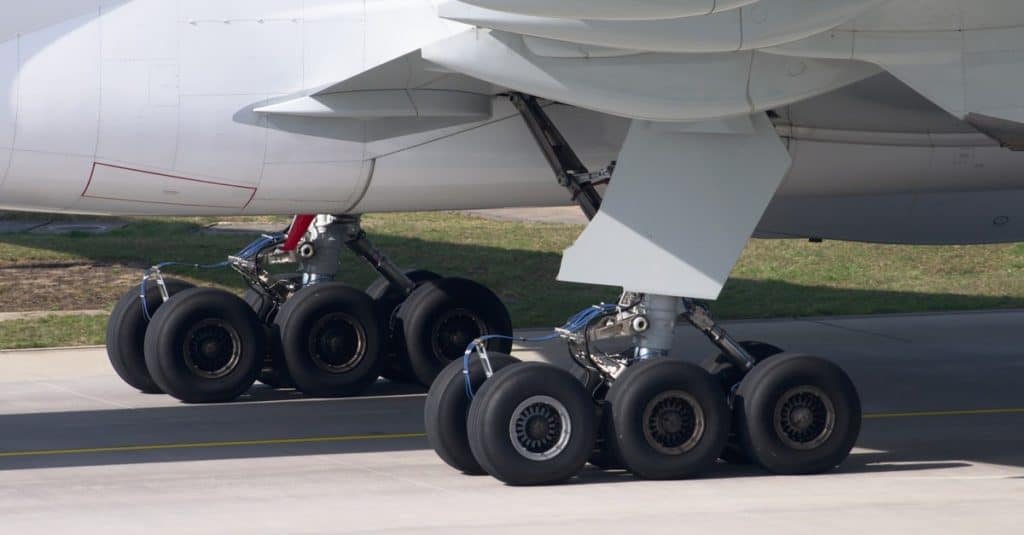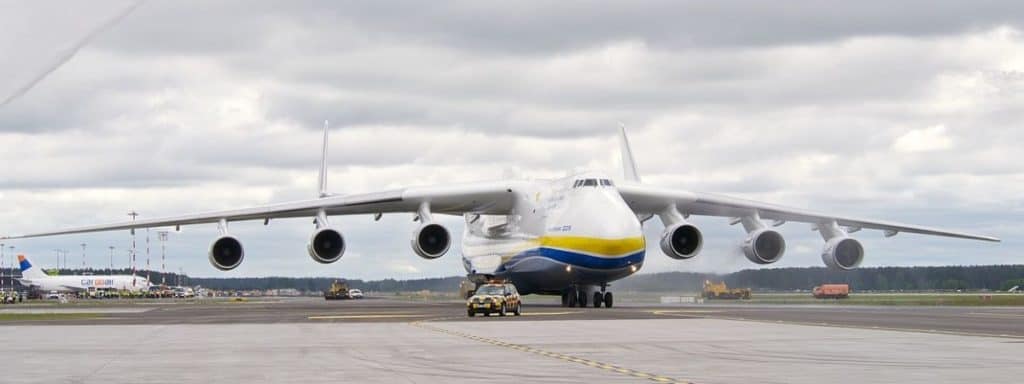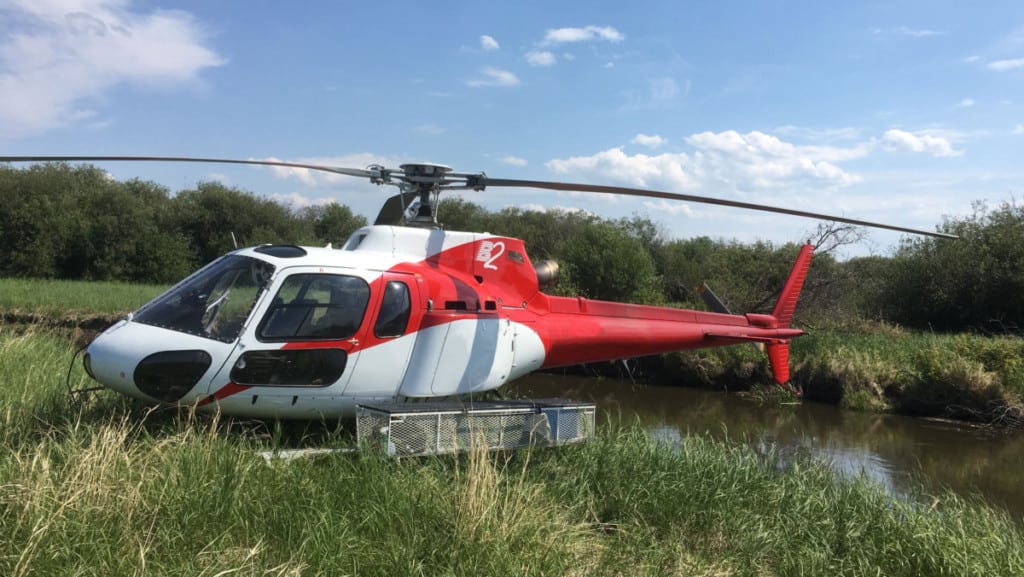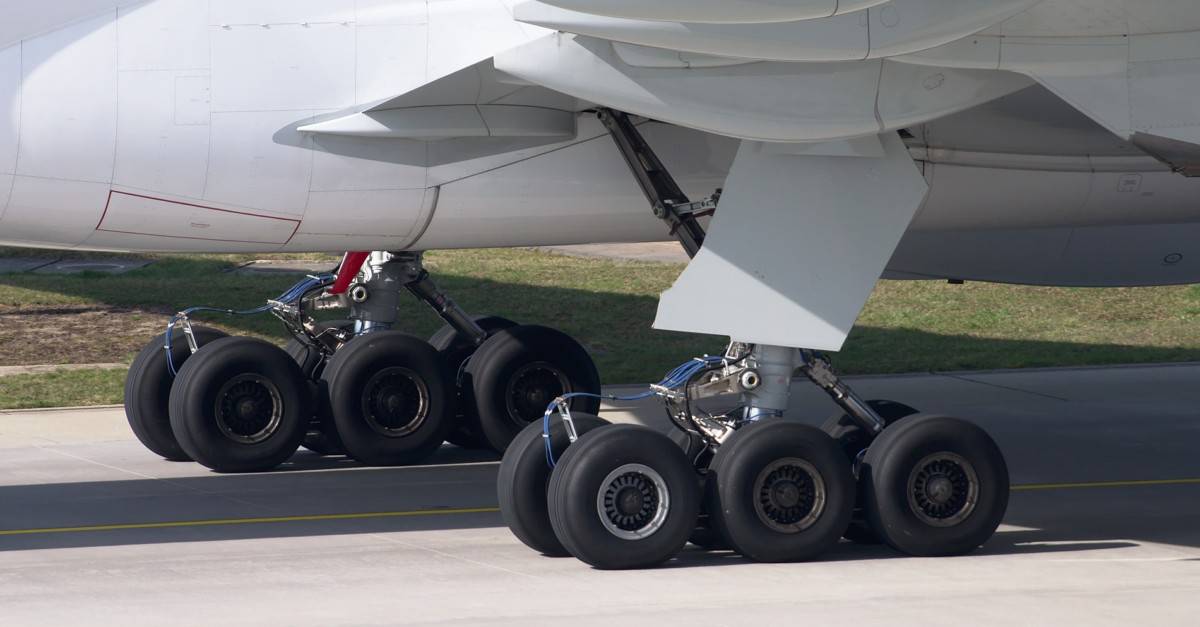
To this day it still amazes me how something that can weigh so much can even get airborne! Some of the weights that airplanes take off are staggering. In this article, I want to look at some of the most recognizable aircraft and break down what they weigh and what makes up the weight.
The Boeing 737 can weigh from 132,000lbs/60,000kg to 187,000lbs/85,000kg at takeoff depending on the model, compared to a small Cessna 172 weighing around 2,400lb/1,11kg. An aircraft’s empty weight, fuel, passengers & cargo must not weigh more than the aircraft’s Maximum Gross Takeoff Weight.
The weight of the aircraft is needed to be calculated by the pilot for every flight to ensure the aircraft remains within the weight limitations set by the manufacturer. These limitations are to ensure the aircraft is able to perform and recover from all flight maneuvers and withstand structural loading.
Typical Airplane Weights
Below is a table of some of the most common aircraft flying around our skies today:
| Aircraft | Empty Weight | Max Fuel Weight | Max Cargo Weight | Max Gross Takeoff Weight |
|---|---|---|---|---|
| Antanov AN-225 | 628,000 lbs 285,000 kg | 661,400 lbs 300,000 kg | 417,000 lbs 190,000 kg | 1,411,000 lbs 640,000 kg |
| Airbus A380-800 | 611,000 lbs 277,000 kg | 560,000 lbs 254,000 kg | 185,000 lbs 84,000 kg | 1,268,000 lbs 575,000 kg |
| Boeing 747-800 | 485,300 lbs 220,100 kg | 427,400 lbs 194,000 kg | 295,000 lbs 134,000 kg | 987,000 lbs 447,700 kg |
| Airbus A340-500 | 370,000 lbs 168,000 kg | 386,300 lbs 175,000 kg | 119,000 lbs 54,000 kg | 820,000 lbs 372,000 kg |
| Boeing 777-300ER | 370,000 lbs 168,000 kg | 320,800 lbs 145,500 kg | 148,000 lbs 67,100 kg | 776,000 lbs 352,000 kg |
| Boeing 787-10 | 299,000 lbs 135,500 kg | 223,500 lbs 101,500 kg | 126,300 lbs 57,300 kg | 560,000 lbs 254,000 kg |
| Boeing 737-900 | 98,500 lbs 44,700 kg | 53,100 lbs 24,000 kg | 44,600 lbs 20,200 kg | 187,000 lbs 85,000 kg |
| Airbus A320-100 | 93,900 lbs 42,600 kg | 48,700 lbs 22,100 kg | 44,000 lbs 20,000 kg | 150,000 lbs 68,000 kg |
| Embraer 190 | 63,500 lbs 28,800 kg | 28,600 lbs 13,000 kg | 28,800 lbs 13,100 kg | 106,000 lbs 48,000 kg |
| Gulfstream G650 | 54,000 lbs 24,500 kg | 48,200 lbs 21,900 kg | 6,500 lbs 3,000 kg | 100,000 lbs 45,200 kg |
| Bombardier CRJ900 | 48,160 lbs 21,850 kg | 19,600 lbs 8,900 kg | 6,075 lbs 2,760 kg | 80,500 lbs 36,500 kg |
| Bombardier Q400 | 39,300 lbs 17,800 kg | 11,700 lbs 5,300 kg | 18,700 lbs 8,500 kg | 62,000 lbs 28,000 kg |
| Learjet 75 | 13,900 lbs 6,300 kg | 6,060 lbs 2,750 kg | 2,900 lbs 1,300 kg | 21,500 lbs 9,700 kg |
| Cessna Citation CJ4 | 10,300 lbs 4,700 kg | 5,800 lbs 2,650 kg | 2,200 lbs 1,000 kg | 17,200 lbs 7,800 kg |
| Beechcraft King Air B100 | 7,100 lbs 3,200 kg | 3,200 lbs 1,450 kg | 4,150 lbs 1,900 kg | 12,000 lbs 5,400 kg |
| Diamond DA50 RG | 3,200 lbs 1,450 kg | 340 lbs 155 lbs | 1,250 lbs 560 kg | 4,400 lbs 2,000 kg |
| Beechcraft Bonanza G36 | 2,500 lbs 1,150 kg | 450 lbs 200 kg | 850 lbs 385 kg | 3,660 lbs 1,660 kg |
| Cessna 206H | 2,200 lbs 990 kg | 520 lbs 235 kg | 1,150 lbs 520 kg | 3,600 lbs 1,630 kg |
| Sirrus SR22 | 2,250 lbs 1,000 kg | 485 lbs 220 kg | 950 lbs 430 kg | 3,600 lbs 1,630 kg |
| Cessna 172R | 1,700 lbs 770 kg | 380 lbs 170 kg | 560 lbs 255 kg | 2,425 lbs 1,100 kg |

What Do Aircraft Weight Names Mean?
You may have been looking at the table above and thinking the numbers don’t work out because if you took the Aircraft Empty Weight and added the Maximum Fuel Weight and Maximum Cargo it could carry, it could be well over the aircraft’s Maximum Gross Weight.
Welcome to the world of aviation! This is where a compromise of fuel vs cargo/passengers is required and is referred to as the Useful Load.
Aircraft Empty Weight (AEW)
This is sometimes referred to as OEW – Operating Empty Weight and it is the weight of the aircraft with all its equipment on board but no fuel, no passengers, or no cargo.
Think of this like the aircraft has just come out of the factory and is sitting waiting to be fueled up for delivery to the customer.

Join My Newsletter & Get Great Tips, Information and Experiences To Help You Become a Superb Pilot!
Aircraft Maximum Gross Takeoff Weight (MGTW)
This is the maximum permissible weight the aircraft can weigh as it lifts off the ground at takeoff. This includes the aircraft’s empty weight, the fuel, the crew, the passengers, and all the cargo.
This weight limit is set by the manufacturer and is gospel. Many aircraft accidents have been caused by an aircraft being overweight and the pilot/s have not had enough power or maneuverability to prevent the accident.
Aircraft Useful Load
This is the weight that a pilot can place in the aircraft. Take the MGTW figure and subtract the AEW and this is the total useful load that can be placed into the aircraft. This is the fuel, crew, passengers, and cargo. The bigger the load, the more useful the aircraft can be to its customers!
How Fuel, Passengers & Cargo Affect Aircraft Weight
Each item of weight added to the aircraft has to be accounted for and some items can be left off the flight and others not so much. There are several scenarios we can look at, and for these examples, I will use the Astar helicopter I fly, as it is really easy for me to work out the numbers:

AS350 Astar B2 Helicopter Specs:
Aircraft Empty Weight: 3000 lbs
Aircraft Maximum Gross Weight: 4961 lbs
Aircraft Maximum Fuel Weight: 1000 lbs
Aircraft Useful Load: 1961 lbs
Scenario #1: All Fuel & No Cargo or Passengers
This would be on a flight when I have finished a job and I am returning back to the hanger after dropping off the passengers and their cargo:
- Aircraft Empty Weight: 3000 lbs
- Pilot Weight: 185 lbs
- Aircraft Full Fuel Weight: 1000 lbs
- Total Aircraft Weight = 4,185 lbs (776 lbs under MGTW)
Scenario #2: Full Passengers & 200 lbs of Cargo
This would be on a flight when I am starting a job in the morning and I am departing from the hanger with a work crew and their tools:
- Aircraft Empty Weight: 3000 lbs
- Pilot Weight: 185 lbs
- Passengers Weight: 950 lbs
- Cargo Weight: 200 lbs
- Aircraft Full Fuel Weight: 1000 lbs
- Total Aircraft Weight = 5,335 lbs (374 lbs OVER MGTW)
In this scenario, I would need to offload weight. The 3 variables are:-
- Passengers
- Cargo
- Fuel
Usually, the passengers and their cargo need to go as they are the ones doing the work, so fuel has to be reduced. Instead of filling the aircraft fuel tank up to 100%, I can only fill it to around 60% to keep the aircraft under its MGTW.
This just means that I may need to refuel more often or plan the day to have a fuel stop en route somewhere.
If you would like to know how much fuel today’s modern commercial airplanes can carry and how much it costs to fill them please check out this article:
How Much Fuel Do Airplanes Carry?
To Finish
Because the maximum Gross Takeoff Weight of an aircraft is so important it a listed in the Limitations Section of every aircraft flight manual. The exceedance of any weight in the limitations section deems the aircraft unairworthy.
Even the mammoth Antanov AN-225 has a maximum weight limit that the flight crew must adhere to, albeit considerably higher than the maximum takeoff weight of a Gulfstream G650!
This compromise is what pilots do for every flight to ensure the maximum fuel can be taken given the load to be lifted by the aircraft. No matter what aircraft are taking to the skies, the same calculations are the same for every aircraft! Fuel, Passengers, Cargo – That’s all the pilots can manipulate!
Further Reading
If you found this article interesting and would like to keep reading, I highly recommend the following articles from my blog:


